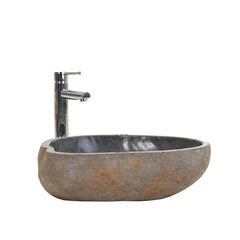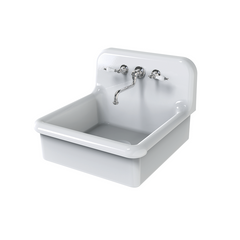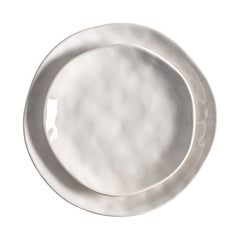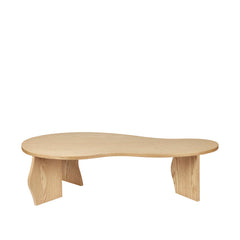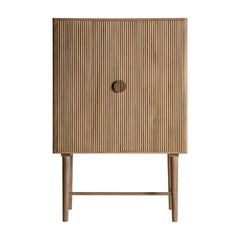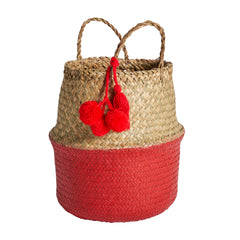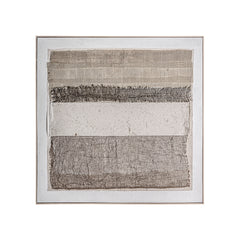What different traditional furniture styles are there?
Traditional furniture styles are styles that have been around for a long time. They're classic pieces that add a touch of elegance to any home, but they can also be used in more contemporary homes as well. There are so many traditional furniture styles out there, each with its own look and feel! Here's a list of some of the most popular ones:
French Provincial

French Provincial furniture is known for its curvy, ornate legs and cabriole legs. The style was popular in France during the reign of Louis XV, who ruled from 1723 to 1774. During this time period, it was influenced by the Rococo style--a movement that emphasized intricate decorations on furniture pieces such as carvings or gilding.
Victorian

-
Victorian furniture was made during the reign of Queen Victoria.
-
Victorian furniture is often ornate and colorful.
-
The main types of wood used to make Victorian furniture are oak, mahogany and pine.
Federal

The Federal style was popular in the late 1700s and early 1800s. Characteristics of Federal furniture include a restrained, symmetrical design, with elegant proportions. The furniture is often made of mahogany or cherry wood and has fine carvings or delicate brass hardware.
Arts and Crafts/Mission Style
The Arts and Crafts/Mission style was popular from 1890 to 1920. This style was a reaction to the mass production of goods that was happening at that time, and it emphasized hand-crafted items with simple lines and clean designs. The Mission style is based on the architecture of California missions, which were built in the 17th century by Spanish missionaries who wanted their buildings to look like churches back home. This resulted in simple buildings with low ceilings, arched windows and doors (to let in as much light as possible), wide overhangs for shade against hot summer days--and lots of white paint because it was easy to clean!
Scandinavian

Scandinavian furniture is characterized by simple, clean lines. Scandinavian furniture often has a minimalist design, and it's usually made of wood or metal with a light color scheme (white or light blues). This style is perfect for people who want to create a modern look in their home without spending too much money on decorating.
Mid-Century Modern
Mid-century modern furniture is characterized by clean lines and simple shapes. It was popular in the 1950s and 1960s, but has since fallen out of favor. This style often uses wood or glass as its primary material, but metal or plastic can also be used to create mid-century modern furniture.
Mid-century modern pieces often feature very minimal designs that focus on function over form: they're often light in weight, easy to move around (if you need to) and not too expensive to replace if something breaks on them or gets damaged over time because they were made cheaply at first anyway!
Hollywood Regency
Hollywood Regency is a popular choice for bedrooms. The Hollywood Regency style was influenced by the glamour of the 1930s, and it's characterized by ornate decoration. The furniture is often made of mahogany or oak, with accents that include brass, gold leafing, carved woodwork and crystal knobs.
Shaker Style
Shaker furniture is simple and functional. It's made from wood, but the pieces are often unfinished so that they can be painted in whatever color you like. Shaker-style furniture has no ornamentation or fancy details; it's designed for utility rather than decoration.
Shakers were a religious group who lived in communal houses where everyone worked together to support each other spiritually and financially. They believed that everything--including their furniture--should be made by hand with simple tools.
Chinoiserie
Chinoiserie is a style of decoration that combines Chinese motifs with European design. It was popular in Europe during the 18th century, and it can be seen in furniture designs such as tables, chairs and cabinets.
The term chinoiserie comes from the French word "chinois," which means "Chinese." The first wave of chinoiserie began during the 17th century when Europeans came into contact with Chinese artisans who were working on projects in Europe at that time.
There are so many different traditional furniture styles, each with its own design elements.
There are so many different traditional furniture styles, each with its own design elements.
In addition to being named after the country or region where they originated, traditional furniture styles have their own unique features that set them apart from other styles. For example:
-
The materials used in each style vary greatly--you'll find wood, metal and even natural materials such as stone or bamboo in some cases!
-
Some pieces of traditional furniture have curved lines while others are straight and angular; some feature ornate carvings while others stick to simple lines with minimal adornment; some pieces were designed for comfort while others were meant simply as decorative items (or even props).
So there you have it, a quick overview of some of the most popular traditional furniture styles. If you're looking to add some new pieces to your home or office, consider one of these options!
0 comments





